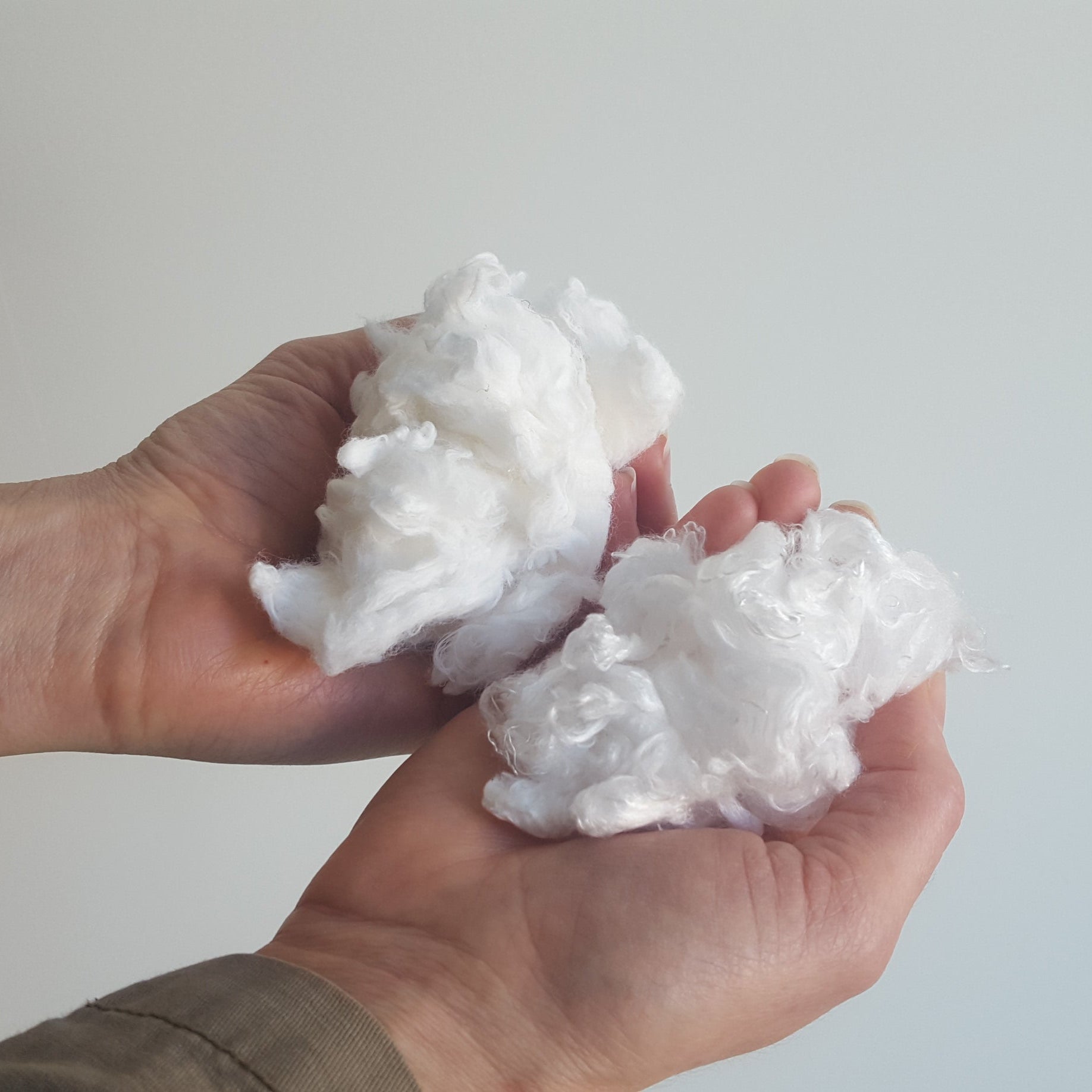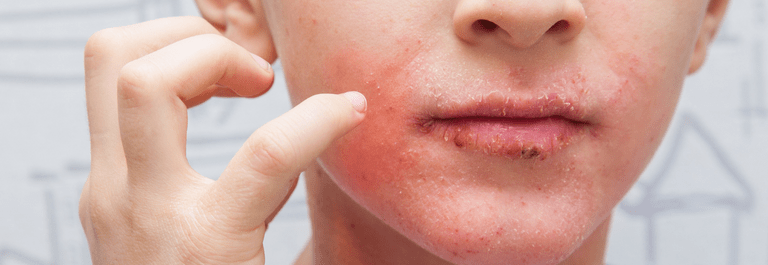As we roll into the colder winter months, you may notice some changes in your skin. For example, is your skin getting drier and itchier? With winter weather comes harsher air and changing temperatures. These changes can be particularly hard on the skin by sucking out its natural moisture. The hands can be specifically affected when they are exposed to the elements.
In this blog, we dive deeper into the ins and outs of hand eczema in winter, including:
- What causes hand eczema
- Symptoms of hand eczema
- Winter skincare tips for your hands
Read on to learn more about cracks on fingers in winter and what you can do about it.
All About Hand Eczema in Winter
Hand eczema causes the skin on the hands to appear red, dry, and itchy. It affects the palms and fingers. You may also experience dry knuckles in winter which can be prone to cracking and potentially bleeding. If you suffer from dyshidrotic eczema, you may notice small, fluid-filled blisters developing on your skin. Extreme temperatures such as harsh winter air can exacerbate your hand eczema symptoms.
What Does Hand Eczema Look Like?
Symptoms of hand eczema can appear as:
- Cracked skin on fingertips and elsewhere, like between fingers
- Flaking skin
- Tenderness to the touch
- Swollen and red
- Inflammation
- Blisters that are filled with pus
Natural Ways to Manage Cracked Hands in Winter
During the winter, it’s natural to experience more flare ups than usual. Although it’s probably impossible to avoid the winter elements altogether, it is possible to combat the cold air and start getting your symptoms under control. Check out our favourite natural ways to manage cracked hands in winter:
Moisturize Regularly:
Be sure to replenish your skin’s lost moisture by applying moisturizer more often than usual. It’s natural that as the seasons change, you may need to switch up your skincare routine too. We love this Organic Manuka Skin Soothing Cream because of its ability to hydrate even the driest of skin. It’s made with just 6 wholesome ingredients – all of which were handpicked by an eczema mother because of their known soothing abilities. It’s safe for both babies and adults.
Switch to a Soft Soap:
Thoroughly washing your hands with water can irritate your skin overtime and exacerbate symptoms. A natural and soothing soap can make a world of difference. Check out our Coconut and Sunflower Oil Soap. The powerful combination of coconut oil, sunflower oil, and shea butter is a delight to cracked, dry skin. With help from this fatty cleanser, your skin is sure to feel soft and supple in no time at all.
For the best of both worlds, check out our Body Care Essentials bundle which features our Manuka cream and Coconut and Sunflower Oil soap.
Remove Wet Clothing Immediately:
If you’ve just had a snowball fight or simply been caught up in wet weather, be sure to remove any wet or damp clothing as soon as possible. This will help control symptoms and stop them from getting worse.
Wear Gloves:
Protective gloves can not only shield your hands from contact with allergens, it also protects them from harmful scratching. We love these Remedywear™ Gloves for adults and kids because they’re made with super soft TENCEL and embedded with zinc oxide. This gentle combination helps protect the hands while simultaneously boosting the healing process. You can wear them underneath regular winter gloves or alone when you sleep.
Start Healing your Hands Today
Don’t let winter air damage your hands. Try our recommended natural hand treatments to soothe your skin and manage cracked hands today.










